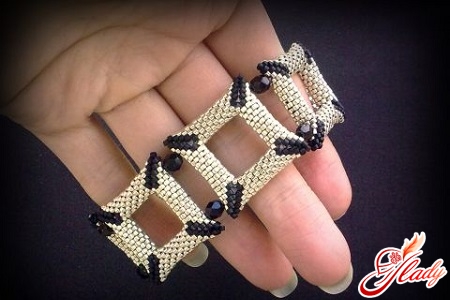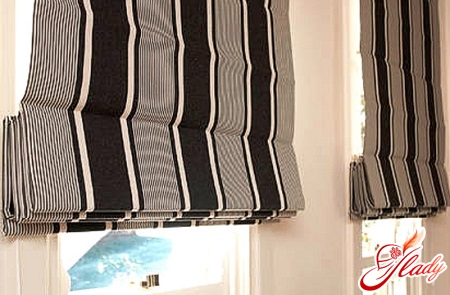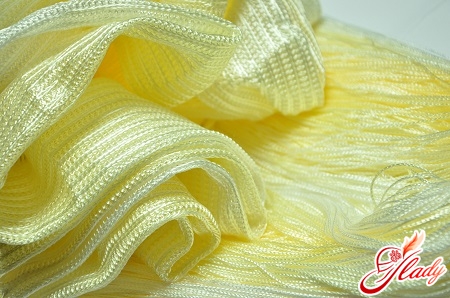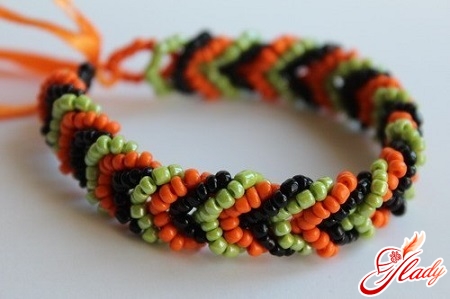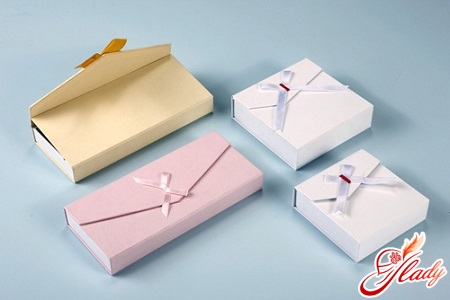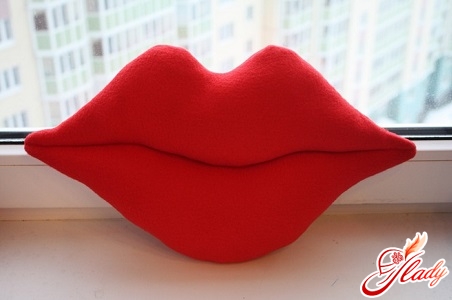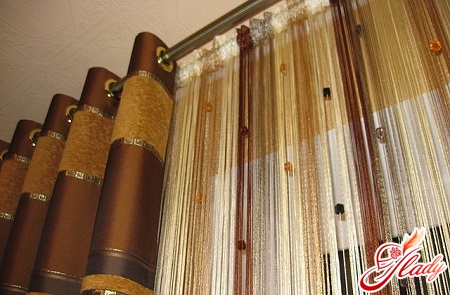
The original purpose of curtains isheat retention and protection from drafts. In addition to their direct purpose, today they have an aesthetic and psychological function. If you decide to add a twist to your interior, then do-it-yourself curtains with eyelets will be one of the best solutions, because they combine aesthetics and practicality. Eyelets are rings or figures built into the curtain fabric. Curtains using eyelets are relevant for many rooms. They emphasize the beauty of the fabric. Thanks to the eyelets, the curtain falls in expressive, soft, even, harmonious vertical folds. This type of curtains will perfectly decorate the window. This design will be relevant for all modern styles: minimalism, high-tech, Scandinavian and others. Also, curtains with elements included in them also serve to delimit the room into spaces and zones.
Preparation for sewing
The main components for sewing such a curtain with your own hands are:
- the cloth;
- eyelets-rings;
- lovernaya tape (or nonwoven, proklamin).
Related accessories:sewing machine, thread, scissors, iron, tailor's m, pencil, paper for pattern (press-punch for metal eyelets). When choosing eyelets you need to decide on:
- form (round, oval, curly);
- material from which they are made;
- color;
- the diameter of the inner hole.
Mainly on cornices that have a round shapecross-section, hang curtains with eyelets of the appropriate shape. They should be in harmony with the curtain material and furniture fittings. It is more practical to use plastic ones (cheaper, provide quiet movement along the cornice, do not damage its surface, more convenient and safer for the fabric when washing). For easy movement of the curtain, the diameter of the hole should be 1.5 cm larger than the diameter of the cornice rod.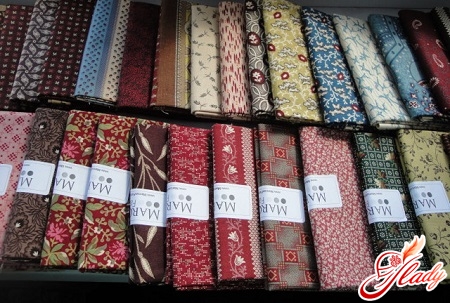
Fabric, sizes of curtains
To achieve optimum curtain fullness(curtain rod assembly ratio) the ratio of the fabric width to the length of the cornice should be approximately 1:2. However, if you want to get a curtain with almost no folds, you can take a fabric one and a half the length of the cornice. Do not forget about the side hem. You need to add 7 cm to the width of the curtain on each side. The length of the fabric should also be taken longer, since it will subsequently be folded by about 5 cm from the bottom. And since the cornice is almost at the same level with the holes of the rings, the upper edge of the finished curtain, the so-called "comb", is 2-5 cm higher than it.
Using eyelets
The number must be even, i.e. divisible by 2.This is necessary so that the side edges of the curtain are directed towards the wall. An odd number will direct one of the edges towards the room. This defect on the finished curtain will be impossible to correct. There is a certain average distance between the centers of the eyelets - 15-22 cm, optimally 18 cm. The greater the distance between them, the larger the folds. From the side edge to the center of the nearest eyelet - 5-7 cm. The eyelet should not coincide with the side fold, otherwise, due to the large thickness, it will not close. And the formula for calculating the number of eyelets is as follows. It (X) will be equal to the width of the finished curtain (L) minus two distances from the center of the first eyelet to the side edge of the curtain (b), divided by the distance between the eyelets themselves (c). One must be added to this value. X = (L - 2b) / c + 1 Example: the curtain will be 3 m wide, and the outer diameter of the ring is 7.5 cm. The hem of the side edge is 2.2 cm. The calculation is as follows: (300 cm - 2 x 6.3 cm) : 18 cm + 1 = 16.9 pcs. But since the number must be even, you need to round up to 16 or to 18. If you take 16 pieces, then the distance between the centers of the eyelets will be: (300 cm - 2 x 6.3 cm) : (16 - 1) = 19.6 cm, if 18, then (300 cm - 2 x 6.3 cm) : (18 - 1) = 16.9 cm.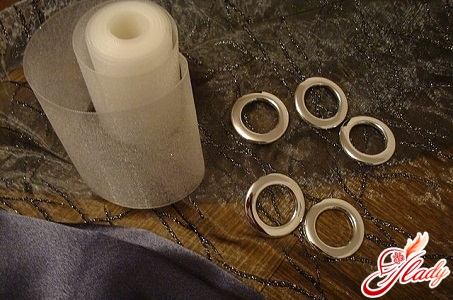
Sequencing
Curtains with good quality eyelets can be washed without removing the rings, but it is advisable to do this in a special washing bag.




